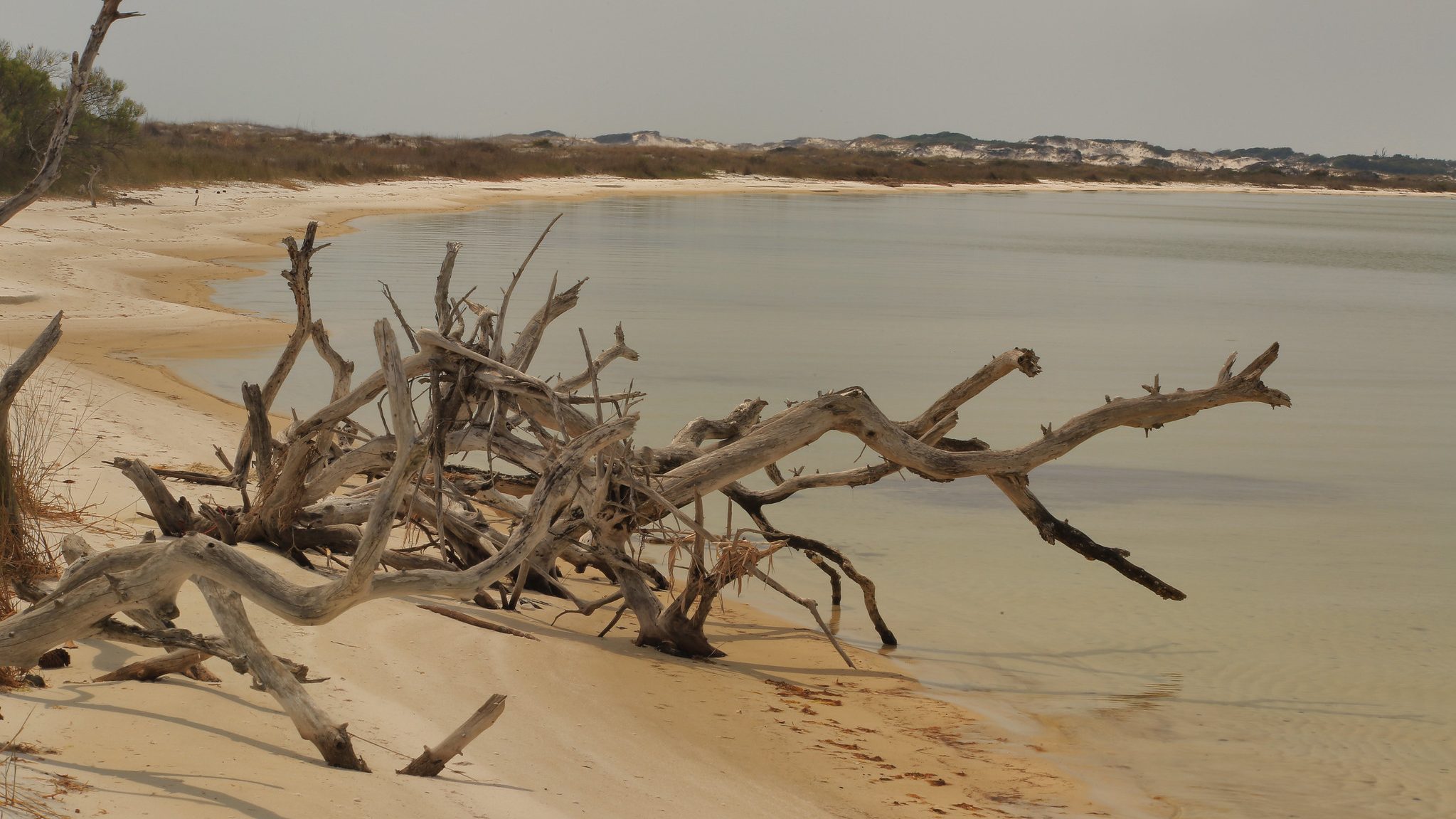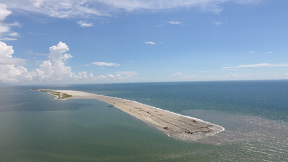August 17, 11am ET: SE CASC Science Seminar on Using Structured Decision Making in Coastal Restoration Efforts

This summer, the SE CASC is hosting a virtual science seminar series highlighting SE CASC supported projects supporting resource management actions across the Southeast. Each month a SE CASC researcher will provide an overview of their work and the management implications of their research findings. Learn more about the SE CASC Summer Science Seminar Series here.
Structured Decision Making as a Tool for Coastal Restoration: A Case Study on Ship Island, Mississippi
Dr. Gregory Steyer, USGS Southeast Region
August 17 | 11AM ET
View a recording of the seminar.
Webinar Overview:

Barrier islands protect mainland areas from storm surge, but can erode over time and require restoration. Ship Island, a barrier island off the coast of Mississippi, provides an example of this: the island was battered by Hurricane Camille in 1969 and split into two separate islands. As part of the Mississippi Coastal Improvements Program, the U.S. Army Corps of Engineers planned to use approximately 22 million cubic yards of sand to close the gap between East and West Ship Islands to restore the island’s physical integrity and habitat for important species such as sea turtles, shorebirds, and Gulf Sturgeon, a project that was recently completed. This case study tested the usefulness of structured decision-making – a systematic, formal approach for evaluating options – as a tool for making coastal restoration management decisions. Researchers solicited input from project stakeholders, scientists, and engineers and incorporated this information, along with modeling and quantitative analysis, into a framework to inform decision-making, should the island incur storm damage while the restoration is underway. Ultimately, the structured decision-making process yielded management recommendations that could be quickly and effectively implemented during the Ship Island construction, while helping participants maximize the island’s future resilience. It also led to a general decision framework and process that could be expanded and adapted for use by future barrier island restoration projects.
Learn more about the Speaker:
 Dr. Greg Steyer is the Gulf of Mexico Science Advisor for the U.S. Geological Survey Southeast Region. Greg coordinates USGS Science in the Gulf of Mexico region on behalf of the bureau and serves as a USGS liaison and technical resource for agencies working on Gulf Coast ecosystem restoration. His research focuses on developing comprehensive monitoring programs, adaptive management approaches, and ecological and landscape models for use in Gulf restoration decision support.
Dr. Greg Steyer is the Gulf of Mexico Science Advisor for the U.S. Geological Survey Southeast Region. Greg coordinates USGS Science in the Gulf of Mexico region on behalf of the bureau and serves as a USGS liaison and technical resource for agencies working on Gulf Coast ecosystem restoration. His research focuses on developing comprehensive monitoring programs, adaptive management approaches, and ecological and landscape models for use in Gulf restoration decision support.
- Categories:
